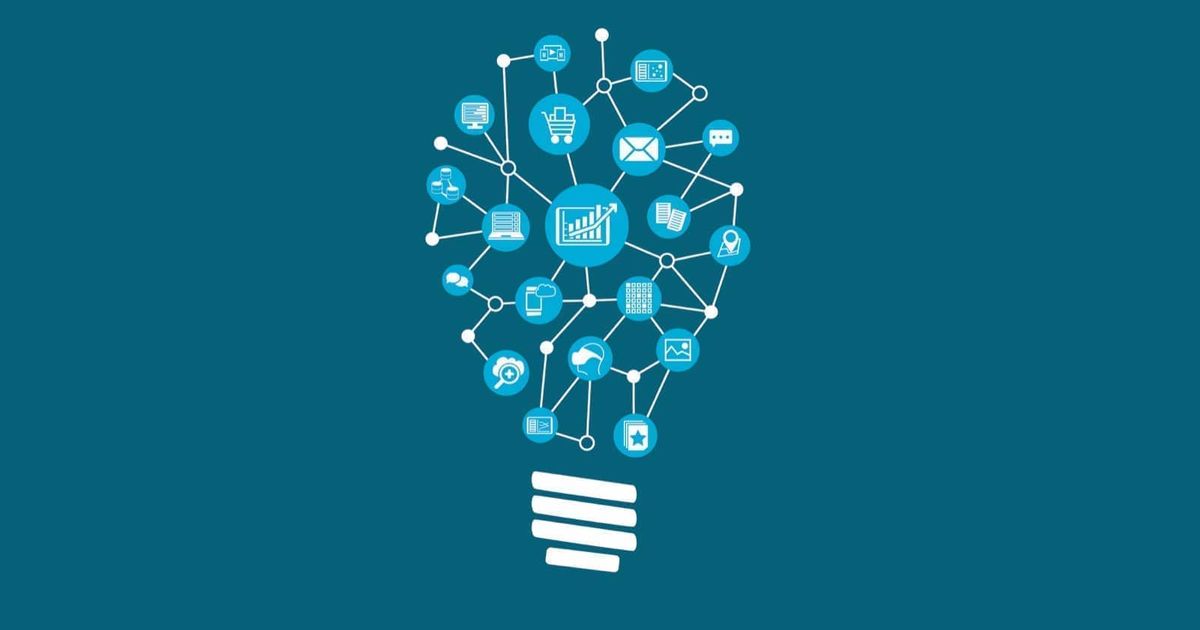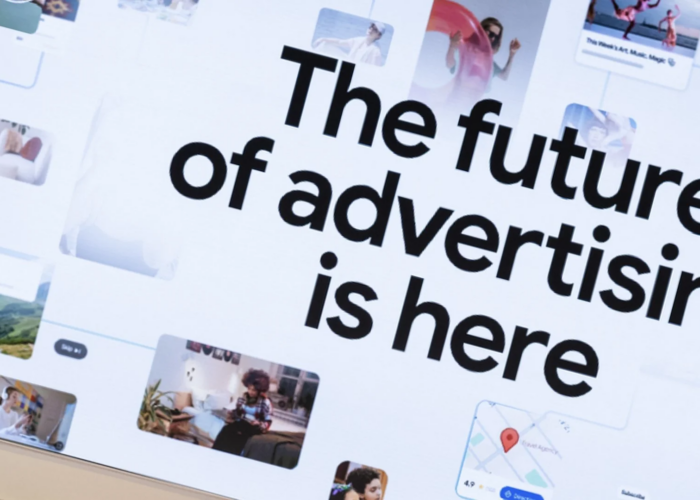With consumers engaging across a multitude of platforms — social media, streaming services, websites, and mobile apps — understanding their behavior has become a complex yet critical task for brands aiming to capture attention and drive engagement. As traditional media strategies struggle to keep pace with the sheer volume and variety of audience interactions, predictive analytics has emerged as a game-changing tool. By harnessing the power of vast datasets and machine learning, predictive analytics enables organizations to look beyond current trends and uncover future insights. This foresight empowers marketers and media professionals to craft highly personalized campaigns, anticipate audience preferences, and maximize their reach. Predictive analytics doesn’t just enhance the efficiency of media strategies — it transforms them, making it possible to deliver the right message to the right audience at precisely the right time. As a result, brands can achieve greater impact, build stronger connections with their audiences, and ultimately drive superior results.
What is Predictive Media Optimization?
Predictive media optimization is the application of machine learning algorithms and statistical models to analyze historical data, such as audience demographics, clickstream behavior, purchase history, and social media interactions. By identifying patterns and correlations within these datasets, predictive analytics can forecast how audiences will respond to specific media content and placements. This proactive approach allows media strategists to tailor campaigns in real time, ensuring they resonate deeply with target audiences. By anticipating audience behavior, organizations can craft media strategies that not only capture attention but also drive meaningful engagement.
Key Applications of Predictive Data in Media Optimization
Predictive analytics is reshaping media optimization across several domains. Below are the key applications that highlight its transformative potential:
1. Audience Segmentation
Effective audience segmentation is the cornerstone of successful media campaigns. Predictive analytics enhances this process in several ways:
- Identifying High-Value Customer Segments: By analyzing past behaviors and purchase patterns, predictive models can pinpoint individuals who are most likely to convert into paying customers. These insights enable brands to focus their efforts on high-value segments, ensuring maximum ROI.
- Dynamic Audience Retargeting: Predictive models can automatically identify and retarget users who have previously shown interest in a product or service. By analyzing browsing patterns, engagement levels, and purchase intent, organizations can create personalized campaigns that resonate with these audiences.
2. Content Optimization
Content is the heart of any media strategy. Predictive analytics ensures your content not only reaches the right audience but also delivers maximum impact.
- Predicting Content Popularity: Analyzing historical trends, user preferences, and engagement data, predictive models can identify the topics, formats, and channels that are likely to generate the highest engagement.
- Real-Time Content Adjustments: Predictive analytics can be used to optimize content dynamically based on user feedback and real-time engagement metrics. This ensures that campaigns remain relevant and impactful throughout their lifecycle.
3. Campaign Scheduling
Timing and placement are critical factors in media optimization. Predictive analytics helps organizations deliver the right message at the right time on the right platform.
- Optimal Ad Placement: By analyzing user activity patterns, predictive models can determine the best time and platforms to deliver ads. This ensures that campaigns reach audiences when they are most likely to engage.
- Dynamic Ad Frequency Management: Predictive models can adjust ad frequency to avoid ad fatigue while maintaining consistent exposure, ensuring that audiences stay engaged without feeling overwhelmed.
4. Cross-Channel Marketing
In an omnichannel world, predictive analytics enables seamless coordination across multiple touchpoints:
- Omnichannel Campaign Orchestration: Predictive models can analyze customer behavior across channels to orchestrate cohesive campaigns that deliver a unified message. This ensures that customers receive relevant and personalized messaging at every touchpoint.
- Seamless Customer Journey Mapping: Predictive analytics helps identify the touchpoints where users are most likely to engage, enabling media professionals to tailor messaging and enhance the customer journey.
Benefits of Predictive Media Optimization
The adoption of predictive analytics in media optimization offers numerous benefits, transforming how organizations design, execute, and evaluate their campaigns.
1. Increased ROI
Predictive analytics ensures media budgets are allocated efficiently by targeting the right audience with relevant content. This precision reduces waste and maximizes returns, making campaigns more cost-effective.
2. Improved Engagement
Personalized content that aligns with individual preferences leads to higher user engagement and conversion rates. Predictive analytics empowers organizations to craft campaigns that resonate deeply with their audiences.
3. Proactive Trend Identification
Predictive models can spot emerging trends early, enabling businesses to stay ahead of the competition. By acting on these insights, organizations can adapt their strategies to meet changing audience preferences and market conditions.
4. Enhanced Decision-Making
Predictive analytics provides media professionals with actionable insights, enabling data-driven decision-making. From content creation to ad placement, every aspect of the media strategy benefits from a more informed approach.
Challenges and Considerations
While the benefits of predictive analytics in media optimization are significant, implementing these technologies is not without its challenges. One of the primary hurdles is ensuring data quality. Predictive models rely on accurate, comprehensive, and up-to-date data to generate reliable insights. Incomplete, inconsistent, or outdated datasets can lead to flawed predictions, making robust data collection and management processes essential for success. Another challenge lies in the complexity of the models themselves. Selecting the right algorithms and features to align with specific business objectives requires collaboration between media strategists and data scientists. Without this alignment, predictive models may fail to deliver actionable or relevant results.
Moreover, ethical considerations pose a significant challenge in the era of data-driven marketing. Predictive analytics often depends on sensitive consumer data, raising concerns about privacy, transparency, and responsible use. Organizations must navigate stringent data protection regulations and ensure that their practices prioritize consumer trust and ethical responsibility. Addressing these challenges is critical for businesses looking to fully realize the potential of predictive analytics while maintaining integrity and compliance in an increasingly privacy-conscious world.
Real-World Examples of Predictive Media Optimization
1. Personalized Shopping Experiences with Predictive Analytics in E-Commerce
E-commerce giants like Amazon use predictive analytics to personalize shopping experiences for their customers. By analyzing user browsing history, purchase behavior, and product preferences, Amazon’s algorithms can predict what a customer is likely to purchase next. For example, if a user frequently buys kitchen gadgets, predictive models can suggest related products, such as recipe books or specialty cooking tools, tailored to their preferences. This hyper-personalization not only enhances the shopping experience but also increases conversion rates by presenting users with relevant products at the right time.
2. Predictive Scheduling for Streaming Platforms
Streaming services like Hulu and Disney+ utilize predictive analytics to determine optimal content release schedules. By analyzing historical viewer data, such as time-of-day engagement patterns and seasonal preferences, these platforms can predict when their audience is most likely to stream specific genres or titles. For instance, predictive models may reveal that family-friendly content performs best on Friday evenings, while thrillers are more popular on late Sunday nights. This insight enables platforms to schedule releases strategically, maximizing viewership and subscriber retention.
3. Predictive Ad Placement in Programmatic Advertising
Programmatic advertising platforms, such as Google Ads, rely heavily on predictive analytics to optimize ad placements and budgets. By analyzing user data, including browsing habits, purchase intent, and device preferences, these platforms can predict which ads will resonate most with specific audiences. For example, a predictive model might identify that a target audience of young professionals is more active on mobile devices during their morning commute. Based on this insight, the system can place mobile-specific ads for a coffee subscription service during peak commuting hours, ensuring the highest engagement and click-through rates. This level of precision helps businesses allocate budgets more efficiently while maximizing campaign performance.
Future Trends in Predictive Media Optimization
As technology continues to evolve, predictive analytics is poised to become even more sophisticated. Here are some emerging trends to watch:
1. AI-Driven Personalization
Advances in artificial intelligence (AI) are enabling even more granular levels of personalization. From tailoring ad creatives to customizing user experiences, AI-driven predictive analytics will further enhance media optimization.
2. Real-Time Predictive Modeling
The integration of real-time data streams, such as social media interactions and live event data, will enable predictive models to provide instantaneous insights. This will allow organizations to adapt their campaigns in real time, maximizing their effectiveness.
3. Voice and Visual Search
As voice and visual search technologies gain traction, predictive analytics will play a crucial role in optimizing content for these new formats. This will open up new opportunities for media professionals to engage with audiences in innovative ways.
Predictive analytics is revolutionizing the way media professionals approach optimization. By leveraging vast datasets and advanced machine learning algorithms, organizations can anticipate audience behavior, deliver personalized content, and maximize their ROI. From audience segmentation to content optimization and campaign scheduling, predictive analytics offers a wealth of opportunities to enhance every aspect of media strategy. However, it’s important to navigate the challenges associated with data quality, model complexity, and ethical considerations. By addressing these challenges and staying ahead of emerging trends, media professionals can unlock the full potential of predictive data and analytics.
In the ever-changing media landscape, the ability to predict and adapt is the ultimate competitive advantage. With predictive media optimization, brands can move beyond reactive strategies and embrace a future-driven approach—unlocking the power of future insights to achieve unprecedented success.



